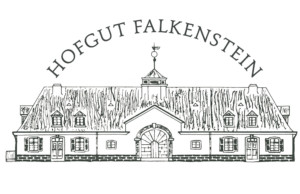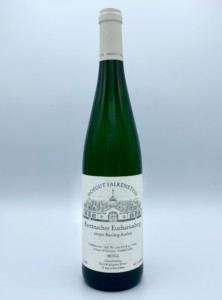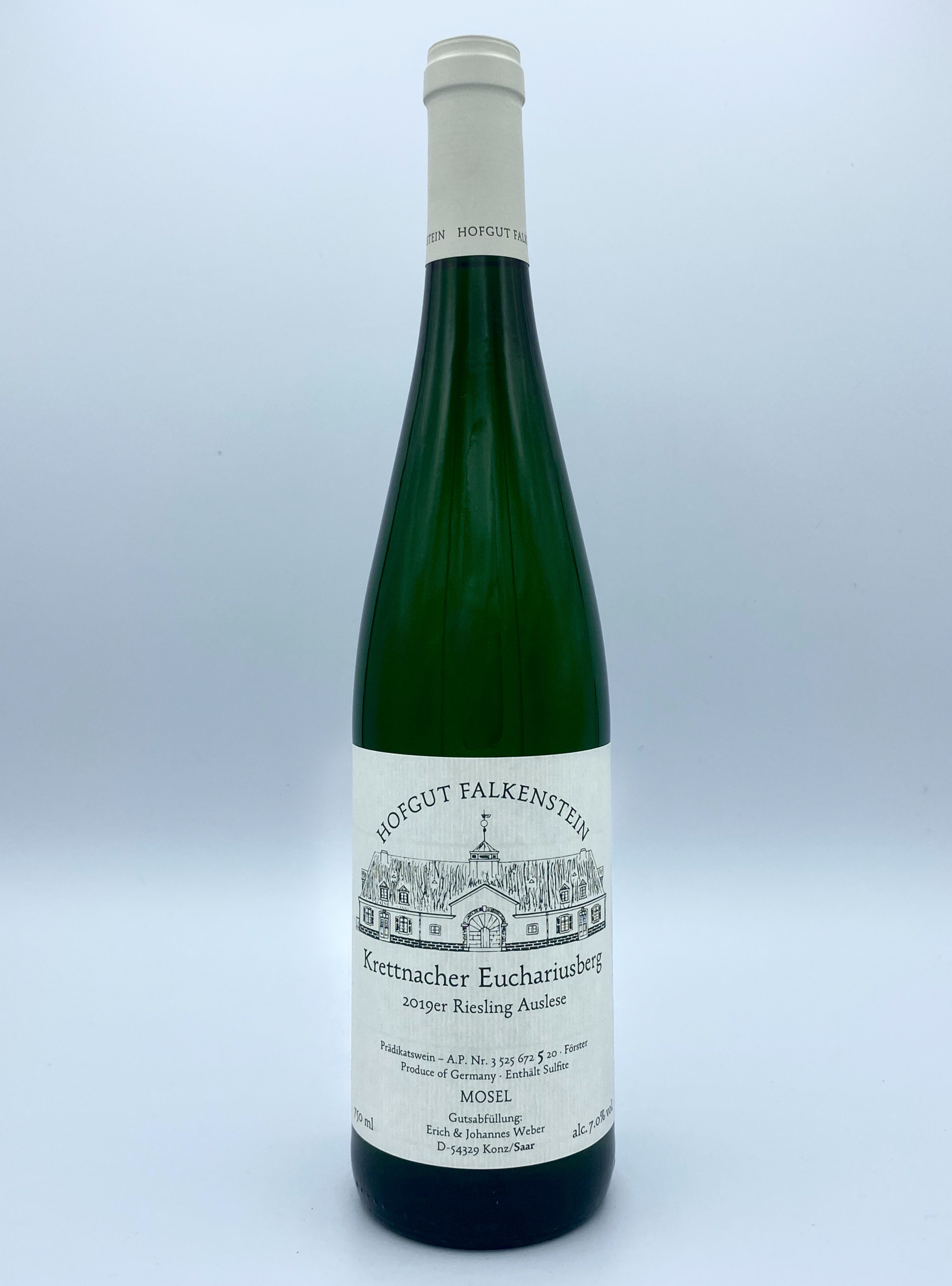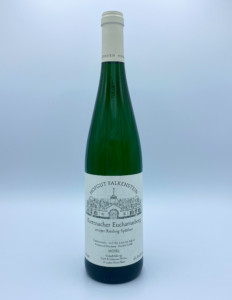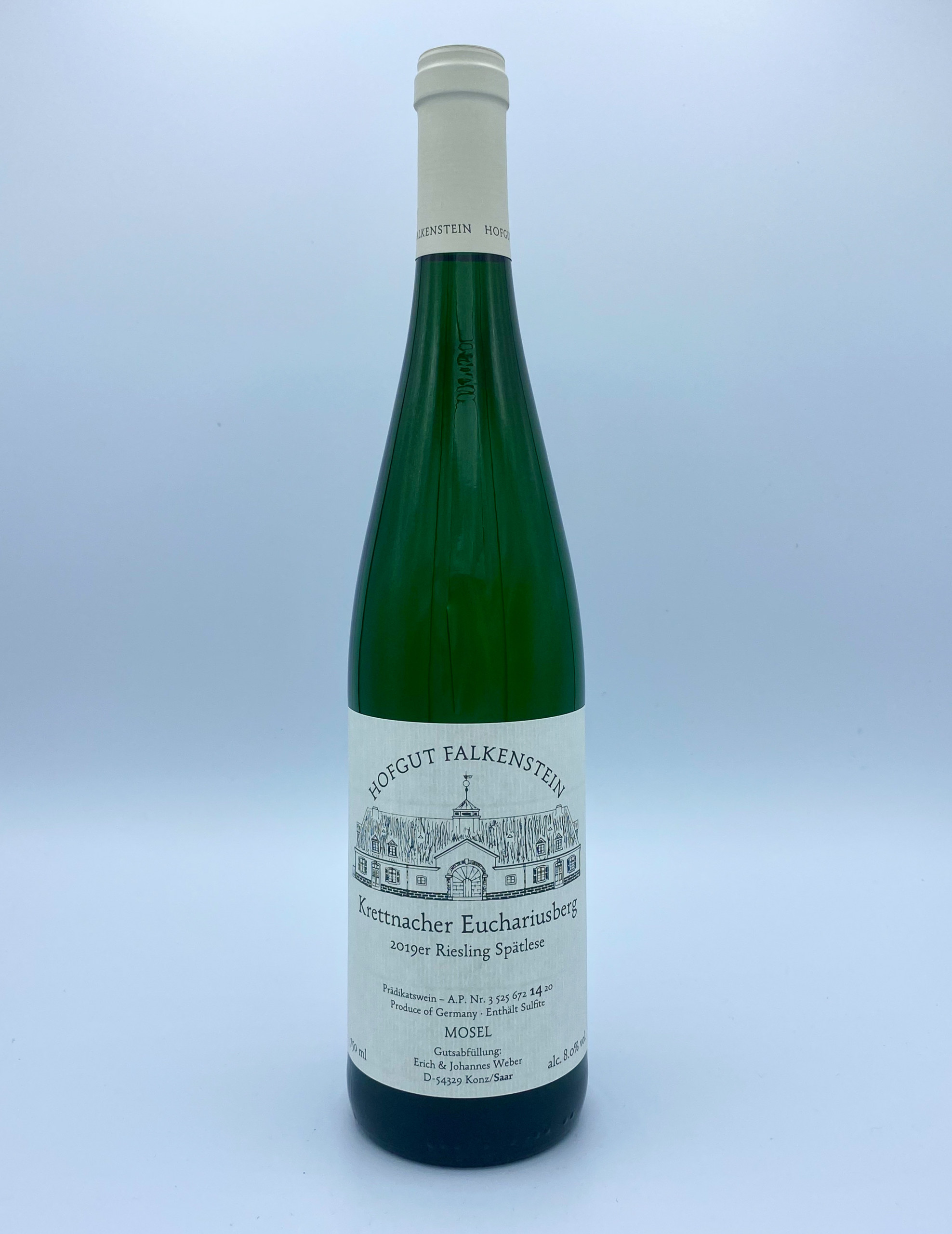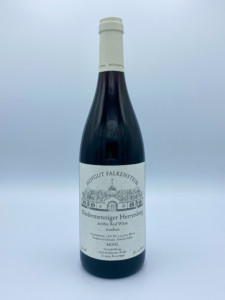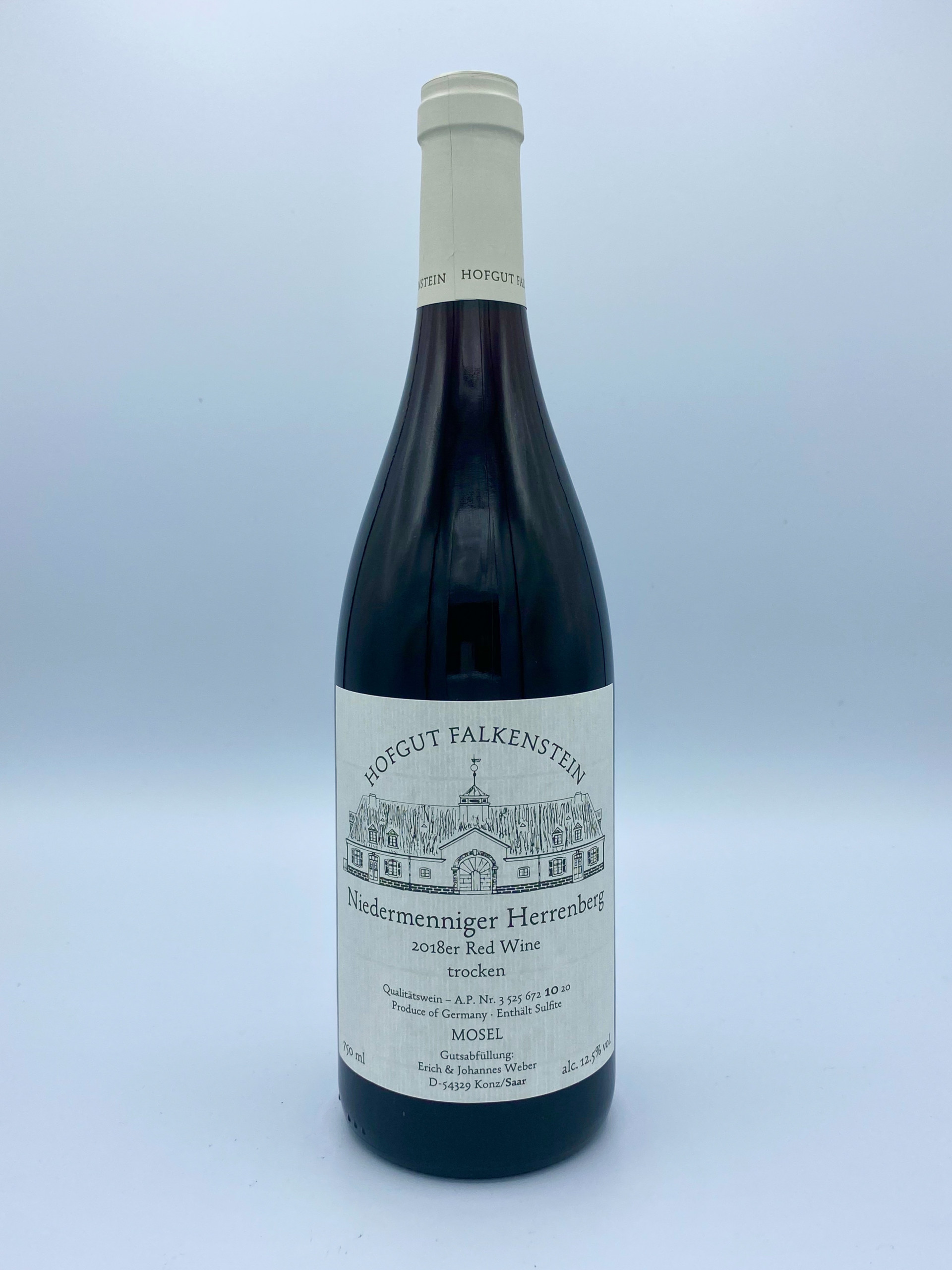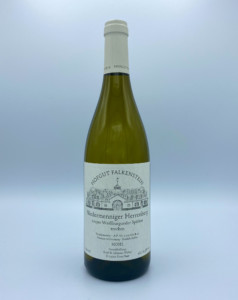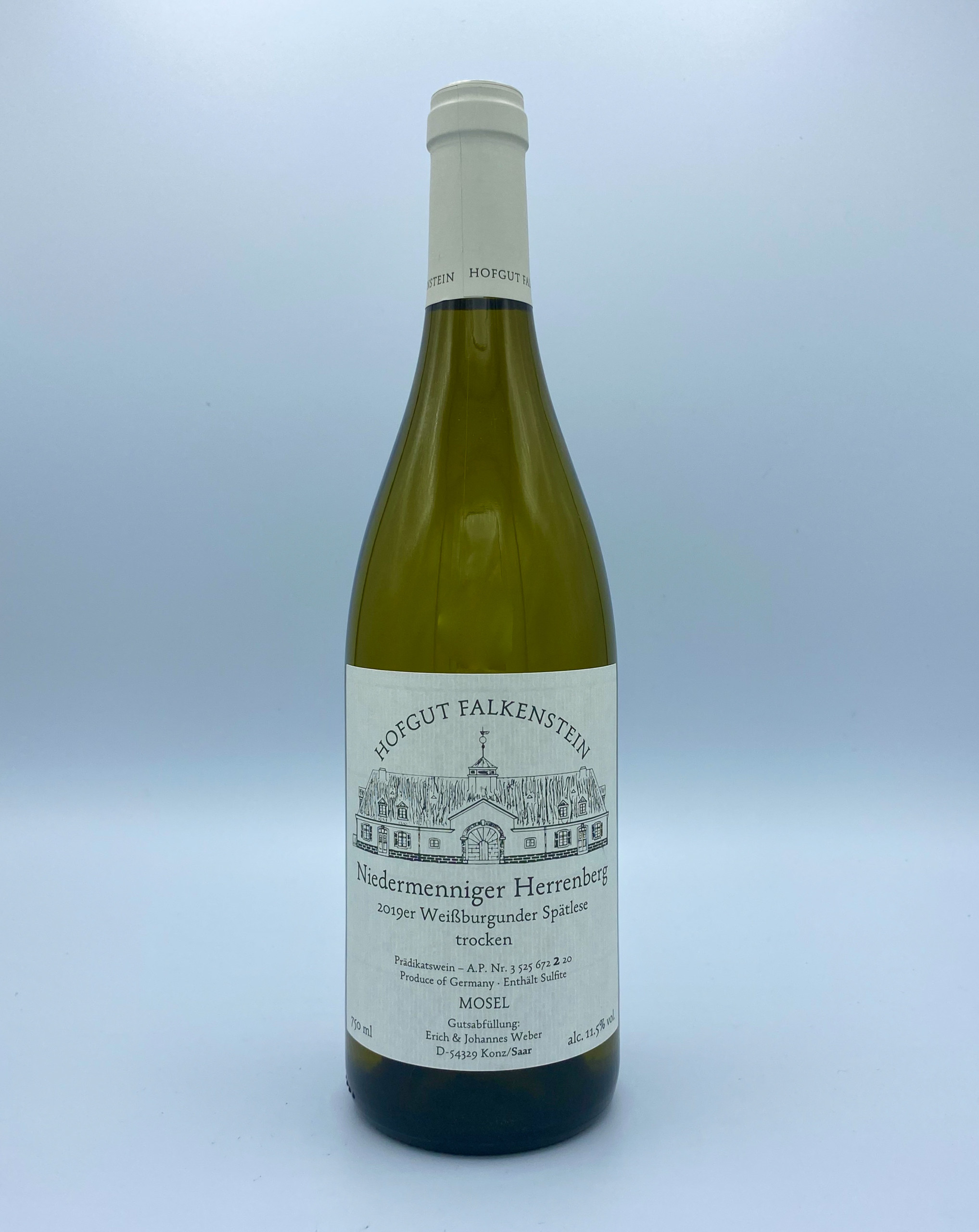Hofgut Falkenstein
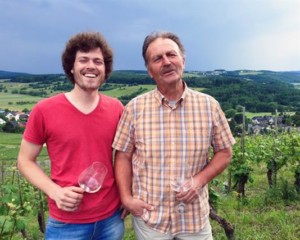
Erich and Johannes Weber
About
Owners & winemakers: Erich & Johannes Weber
Vineyards: 13ha, across several different vineyard sites
Vineyard management: Mostly organic, with a few targeted synthetic treatments
Soils: Varied by site, including slate, quartz, and sandstone
Grapes grown: Riesling, Pinot Noir, Pinot Blanc
Quick facts:
- Their vines have an average age of 40-50 years, with the oldest vines 60-90 years old. Some of the oldest vines are ungrafted.
- Erich and Johannes prefer to bottle each fuder separately–the AP numbers on the labels refer to the individual cask in which that wine was made.
- They still prefer to label their dry and off-dry wines via the Pradikät system (Kabinett, Spätlese, etc.), which is more uncommon these days.
Erich Weber apprenticed under his uncle before starting his own hofgut, and is now assisted by his son Johannes. Erich likes to call himself Winzer-Weber or “wine-grower Weber,” highlighting his belief that the best wines are grown in the vineyard, not created in a cellar. The Weber family farms 13 hectares of mostly Riesling, a bit of Pinot Noir, and a small block of Pinot Blanc in a side valley of the Saar river known as Konzer Talchen. The Webers like to bottle each fuder separately, an uncommon practice today as wines tend to be made in larger, more commercially viable lots, even though it was the standard in old times. The AP numbers on the labels refer to the individual casks that contained wine resulting from a single block of vines harvested at a certain level of ripeness or Pradikat. Almost all the wines—which are spontaneous fermented and bottled straight off the gross lees—come from old vines, some of which are ungrafted. They never chaptalize, acidify, or add yeast nutrients. “Kontrolliertes nichts tun,” Erich says, loosely translating as “a controlled doing-nothing.” In other words, the Webers let the grapes do the work and stay mostly out of the way.

